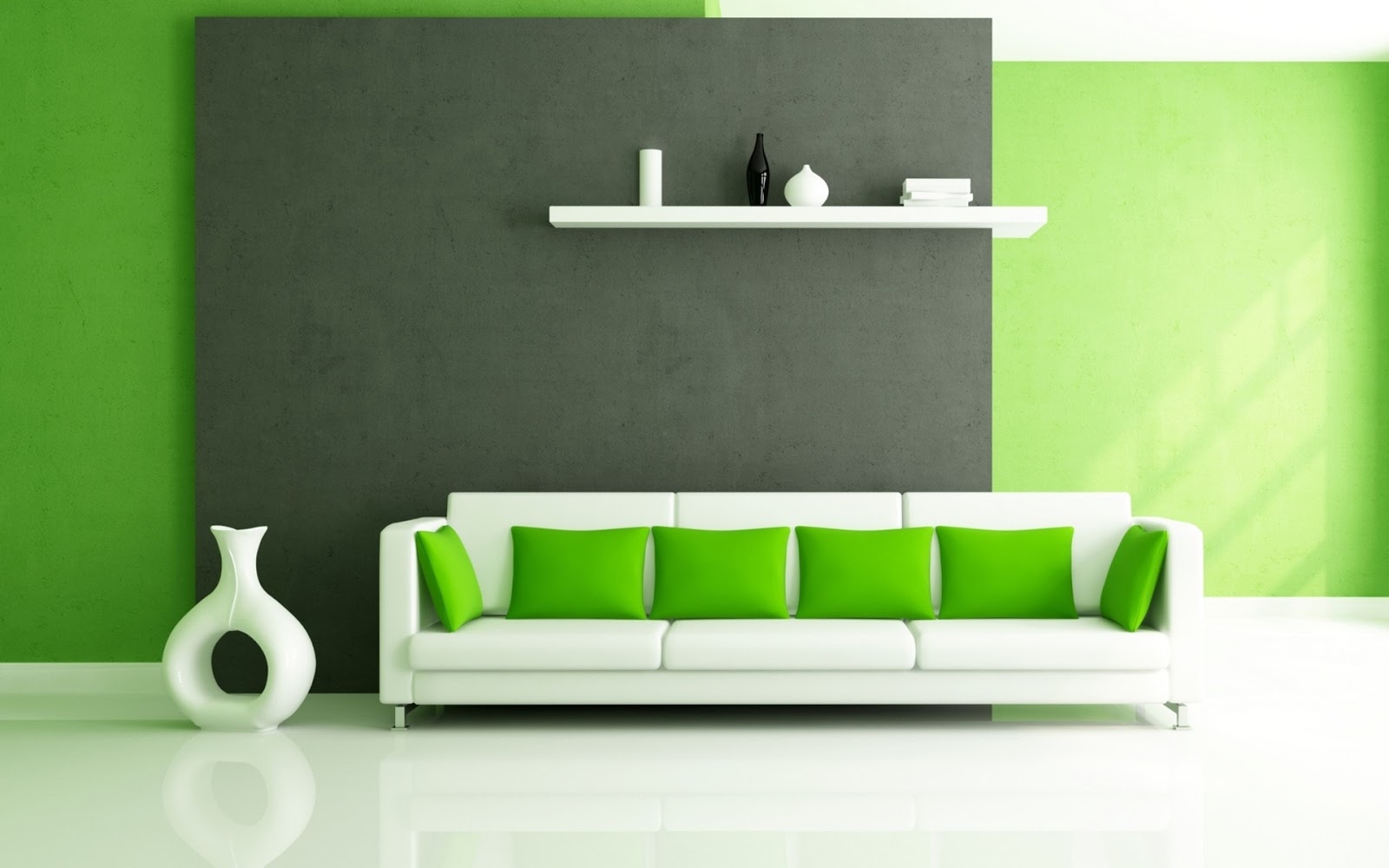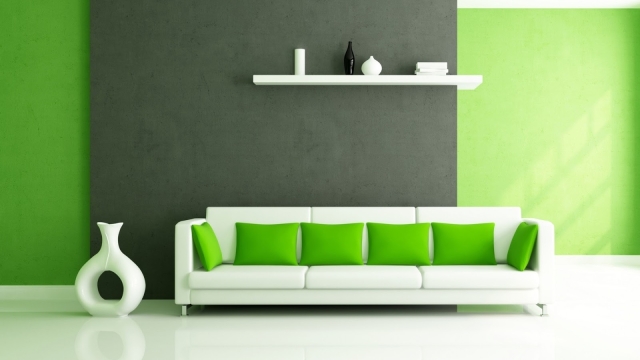Designing Spaces: Exploring the Harmonious Blend of Architecture and Interior Design
The world of design is a captivating realm where architecture and interior design seamlessly converge to create captivating spaces that inspire, comfort, and delight. Whether it is a grand structure that leaves us in awe or a cozy room that evokes a sense of tranquility, the merger of architecture and interior design invites us to embark on a captivating journey of aesthetic beauty and functional harmony.
Architecture serves as the visionary backbone, setting the stage and shaping the physical form of a space. It lays the foundation for a structure’s identity, reflecting the ideals, purpose, and cultural context of its surroundings. From towering skyscrapers that define the urban landscape to ancient temples that whisper tales of history, architecture has the power to evoke emotions and create a lasting impact.

However, it is the art of interior design that breathes life into these architectural marvels, transforming them into inviting and functional spaces that cater to our human needs. Interior designers possess an innate ability to curate elements such as color, texture, lighting, and furniture, translating the architecture’s language into an intimate dialogue with those who enter. They weave together a tapestry of aesthetics and functionality, ensuring that every nook and cranny tells a story while effortlessly accommodating the daily activities and desires of its inhabitants.
In this article, we embark on an exploration of the harmonious blend of architecture and interior design. We will delve into the intricate relationship between these two disciplines, uncovering their interplay in shaping our built environment. Join us as we unlock the secrets behind creating remarkable spaces, where architecture and interior design intertwine to create extraordinary experiences for all who encounter them.
The Role of Architectural Elements in Interior Design
Architecture and interior design go hand in hand, combining aesthetics and functionality to create harmonious spaces. In the realm of interior design, architectural elements play a crucial role in shaping the overall ambiance and character of a space.
One key aspect of incorporating architectural elements into interior design is the use of structural components. Columns, beams, and arches not only provide structural integrity but also serve as visually captivating elements. These architectural features can be showcased or subtly integrated into the interior design to add architectural interest and create a sense of grandeur or intimacy, depending on the desired outcome.
Another significant role of architectural elements in interior design is the manipulation of spatial proportions. By altering the scale and proportion of architectural features, designers can influence the perception of space. High ceilings, for example, can make a room feel more expansive and open, while low ceilings can create a cozy and intimate atmosphere. The strategic placement and design of architectural elements such as windows, doors, and walls can also enhance the flow and functionality of a space.
Lastly, architectural elements contribute to the overall theme and style of the interior design. Whether it’s incorporating intricate moldings and decorative plasterwork in a classical setting or using sleek and minimalist lines in a contemporary design, the architectural features of a space can significantly impact its overall aesthetic. These elements can be used to reinforce a particular design concept, evoke a specific era, or showcase the architectural heritage of a building.
In conclusion, the integration of architectural elements is essential in interior design as it not only adds visual interest but also influences the spatial experience and overall ambiance of a space. By skillfully incorporating and manipulating these elements, designers can create captivating and harmonious environments that fulfill both functional and aesthetic objectives.
Creating a Unified Aesthetic: Balancing Form and Function
In the realm of Architecture & Interior Design, achieving a harmonious blend of form and function is crucial. The integration of these two aspects allows spaces to not only look visually appealing but also serve their intended purposes effectively.
When it comes to designing spaces, striking the right balance between form and function is a delicate art. Aesthetics play a significant role in creating an inviting atmosphere that elicits emotions and reflects the intended style. However, it is equally important to ensure that the design does not compromise the functionality of the space. Practical considerations such as flow, spatial efficiency, and accessibility are key factors that must be integrated seamlessly with the overall aesthetic vision.
Successful integration of form and function also entails understanding the needs and expectations of the users. This involves thorough research, meticulous planning, and effective communication. By incorporating the desired functionalities and considering the specific requirements of the occupants, designers can create spaces that are not only visually pleasing but also highly functional and practical.
In summary, achieving a unified aesthetic in Architecture & Interior Design is about finding the perfect equilibrium between form and function. By carefully balancing these two aspects and taking into account the needs of the users, designers can create spaces that are not only visually stunning but also purposeful, enhancing both the quality of life and the overall experience within the built environment.
Collaboration and Integration: The Key to Successful Design
The harmonious blend of architecture and interior design revolves around collaboration and integration. The seamless coordination between these two disciplines is crucial for creating spaces that are not only visually stunning but also functional and practical.
When architects and interior designers work together, their combined expertise and perspectives allow them to approach a project holistically. Architects bring their knowledge of structural design, materials, and spatial planning, while interior designers focus on aesthetics, ergonomics, and creating comfortable living or working environments. By collaborating closely, they can merge their ideas and concepts to produce spaces that are both visually cohesive and purposeful in their design.
Integration plays a vital role in the success of architectural and interior design projects. It involves the seamless integration of various elements, such as lighting, furniture, colors, and textures, to create a unified and harmonious look. Through thoughtful integration, the design elements work together rather than compete with one another, resulting in spaces that feel cohesive and balanced.
Interior Design
Successful collaboration and integration also require effective communication and understanding between architects and interior designers. Sharing ideas, discussing options, and finding compromises are all essential in achieving the desired outcome. Regular meetings and open lines of communication ensure that both parties are involved throughout the design process, allowing for adjustments and refinements to be made along the way.
In conclusion, collaboration and integration are the key ingredients to successful architectural and interior design. By leveraging the strengths of both disciplines and working together towards a shared vision, architects and interior designers can create spaces that are not only aesthetically pleasing but also functional, practical, and truly transformative.

